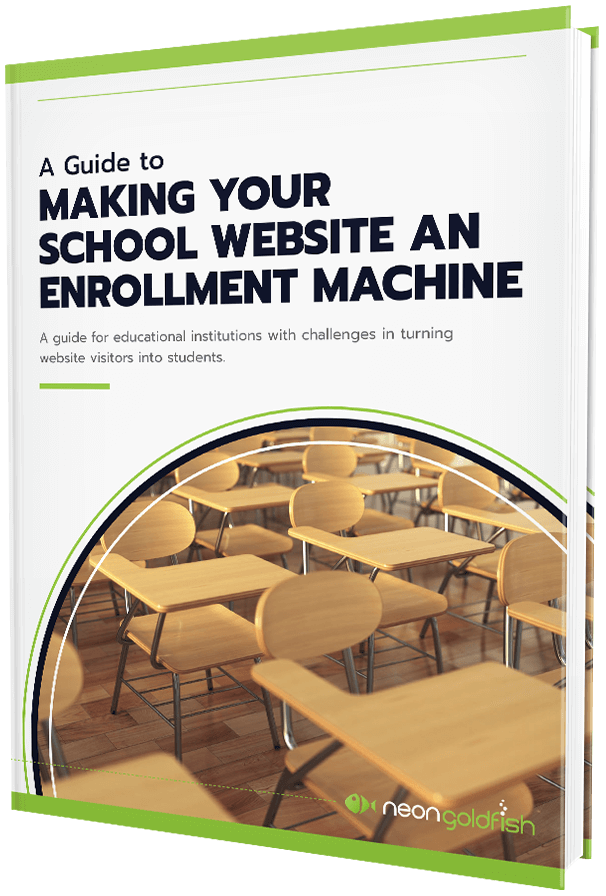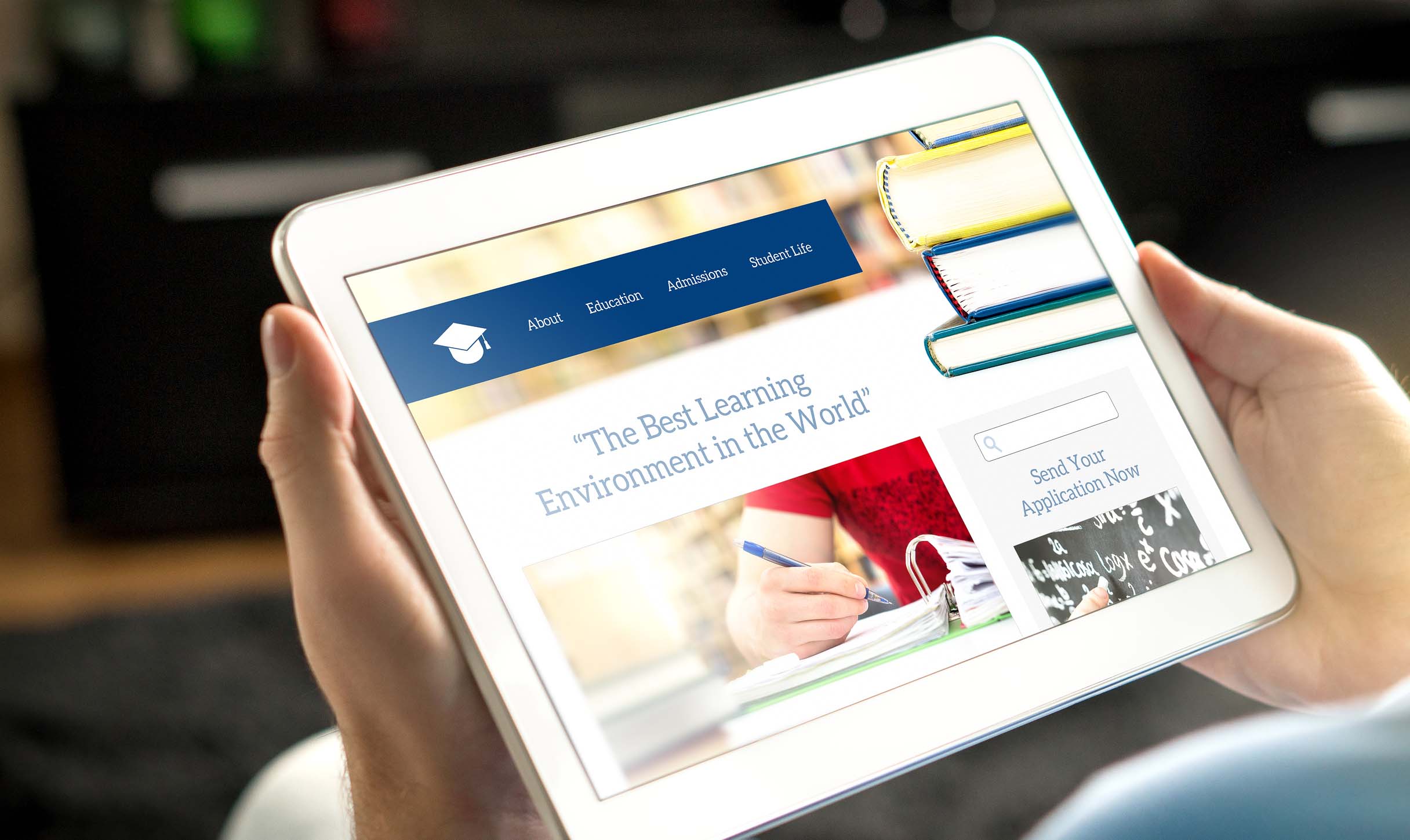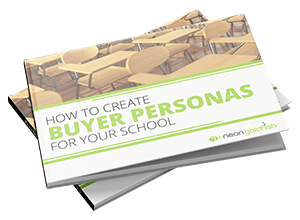This is why your website is more important than ever before.
Your marketing must be focused on getting traffic to your school website.
You may be spending of lot of effort, time, and money doing just that. However, you still aren’t seeing enrollment number rise despite an increase is web traffic.
It’s frustrating, we know.
We call this problem Website Traffic Evaporation.
Website Traffic Evaporation is the traffic that comes to your website and disappears without a trace.
These website visitors have made it a point to come to your website but, for whatever reason, they leave without filling out a form to schedule a campus tour or meet with your admissions department.
And there’s more bad news: Once gone, the likelihood of return isn’t great.
So how do we combat Website Traffic Evaporation? We think this guide will provide some answers. We cover the following:
- Why most of your website traffic leaves without contacting you.
- Understanding your website visitors.
- 3 Key Components Needed to Increase Student Enrollment
- Content Offers You Need On Your Site Today
- How To Get Started
This Guide for Making Your School Website an Enrollment Machine is perfect for any school with challenges in turning website visitors into leads that will eventually become students.
It was created by Neon Goldfish as part of our mission to help vocational and post-secondary schools improve their website and online marketing strategies.
With our help, your enrollment WILL increase.




 This is why it is so important to get to know
This is why it is so important to get to know






 Below are three key areas that can be improved on most websites that will have an impact on enrolling more of your potential students into the programs you offer.
Below are three key areas that can be improved on most websites that will have an impact on enrolling more of your potential students into the programs you offer.


 Infographic
Infographic


